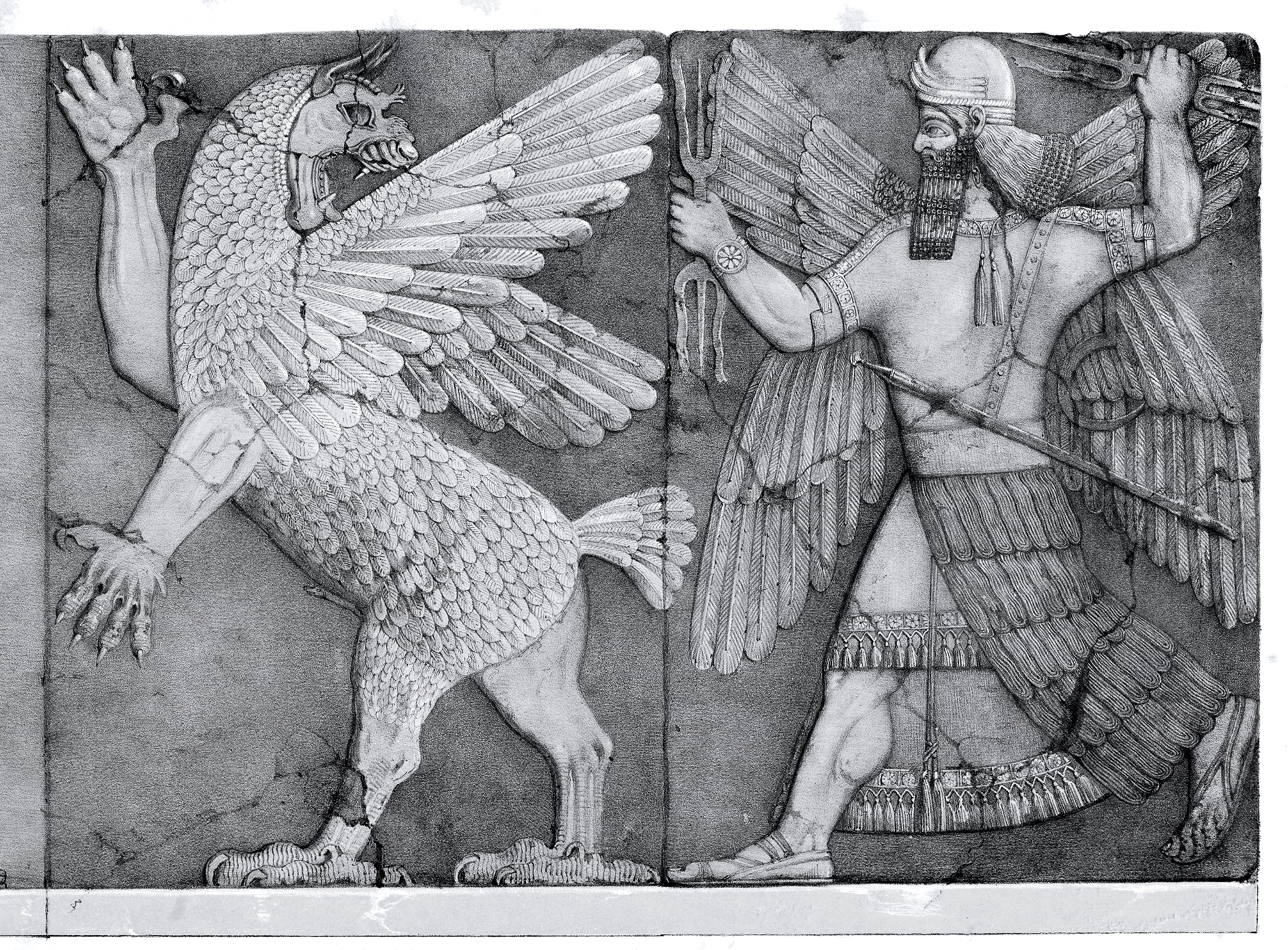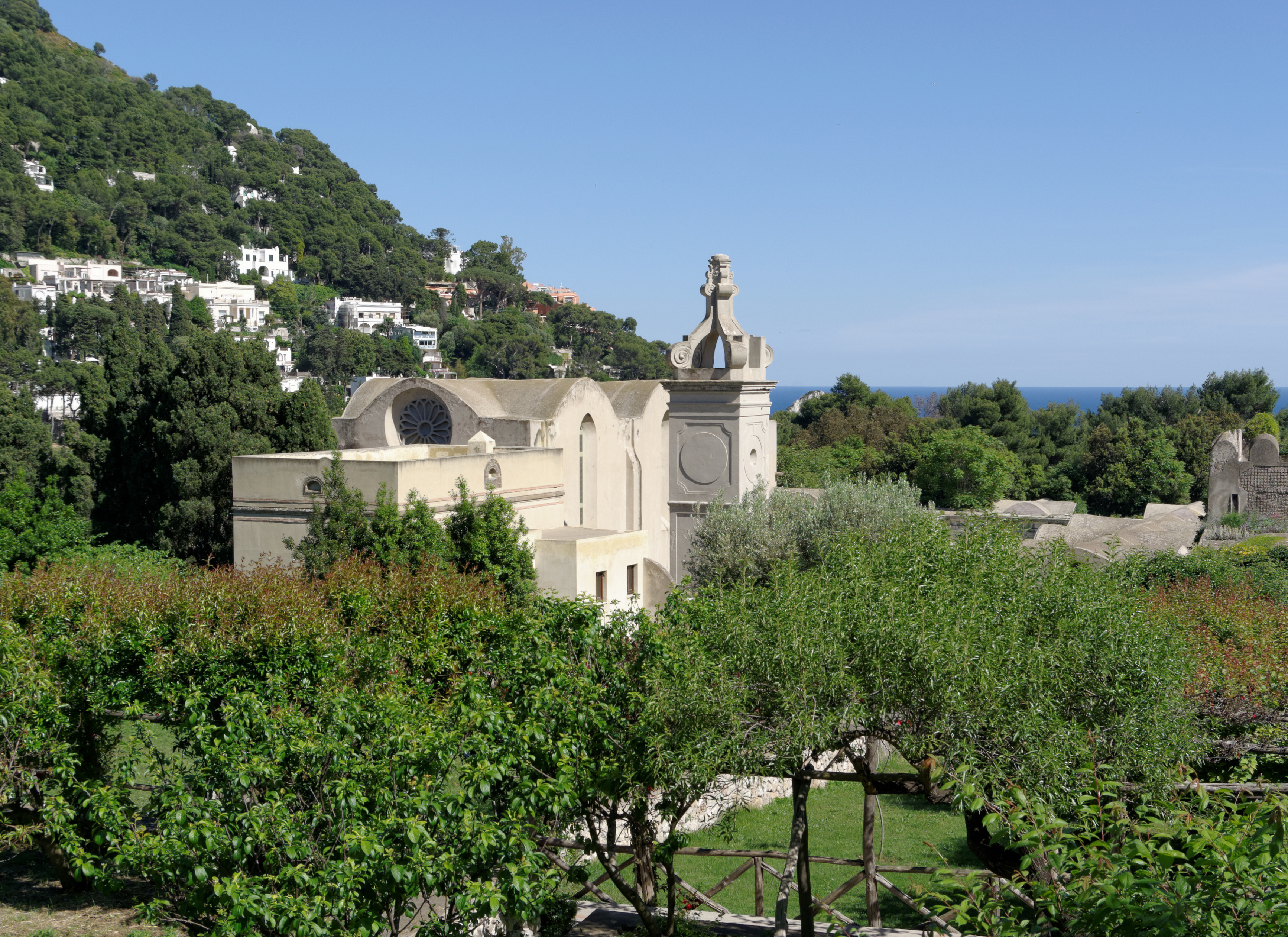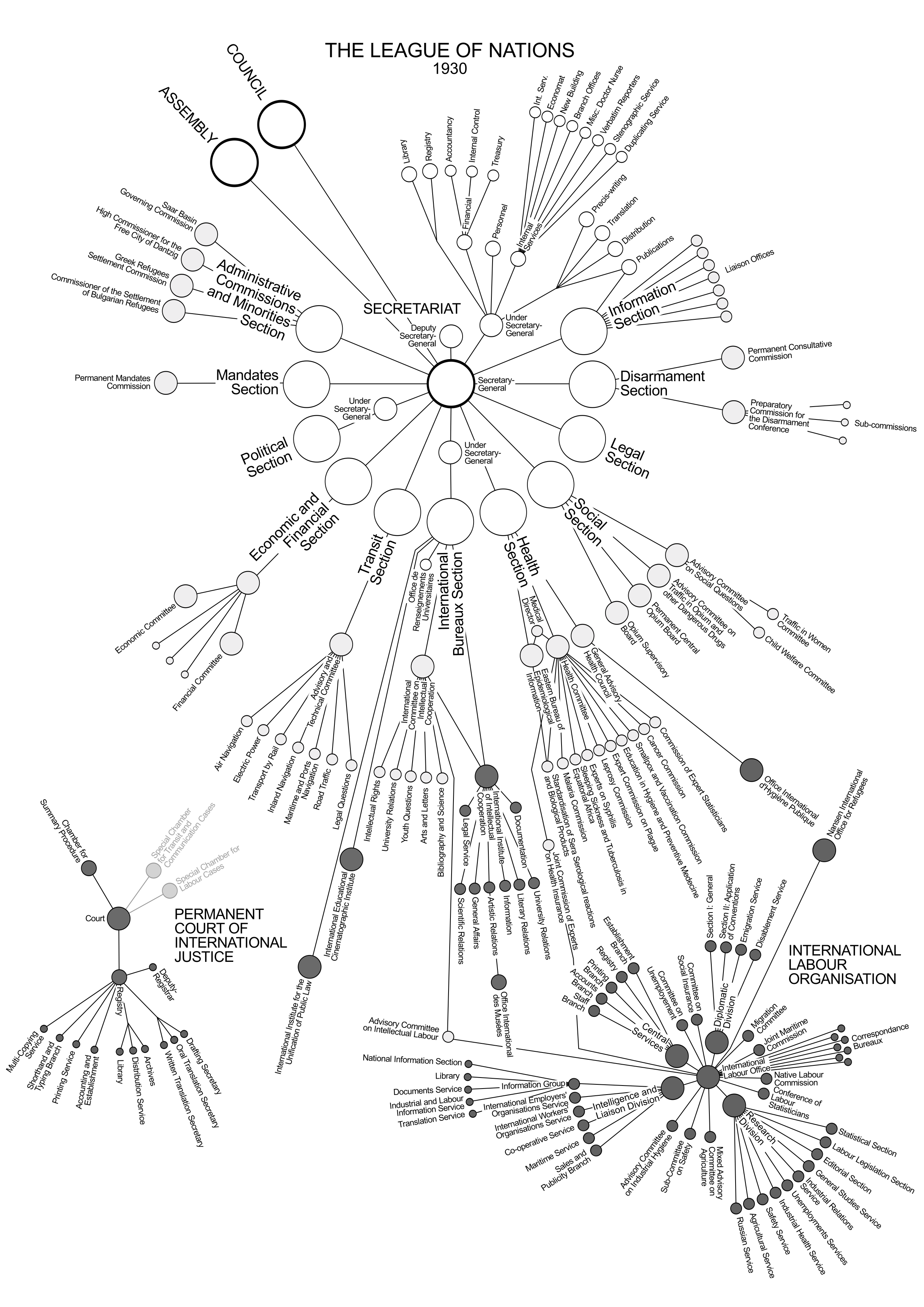|
Harri Holma
Harri Gustaf Holma (last name until 1906 ''Hellman''; April 14, 1886 – April 14, 1954) was a Finnish diplomat and assyriologist. Holma was born in Hämeenlinna. His parents were colleague Anders Victor Hellman and Anna Ida Charlotta af Enehjelm. He graduated from the Finnish Normal School in 1903 and studied at the University of Helsinki completing Bachelor and Master of Philosophy in 1907, Licentiate in 1912 and Ph.D. in 1914. Holma studied assyriology in Berlin in 1910, Leipzig and London. Holma served as a docent of Assyriology and Semitic Philology at the University of Helsinki from 1913 to 1923, as a librarian at the Student Library from 1904 to 1919 and as secretary to the Finnish Science Club delegation, librarian and a treasurer 1914–1919. Holma was the secretary and chairman of the Estonian Assistant Committee since 1919. After Finland became independent, Holma moved to the Ministry for Foreign Affairs. He was Head of the archive department of the Ministry of For ... [...More Info...] [...Related Items...] OR: [Wikipedia] [Google] [Baidu] |
Assyriology
Assyriology (from Greek , ''Assyriā''; and , ''-logia''), also known as Cuneiform studies or Ancient Near East studies, is the archaeological, anthropological, historical, and linguistic study of the cultures that used cuneiform writing. The field covers Pre Dynastic Mesopotamia, Sumer, the early Sumero-Akkadian city-states, the Akkadian Empire, Ebla, the Akkadian and Imperial Aramaic speaking states of Assyria, Babylonia and the Sealand Dynasty, the migrant foreign dynasties of southern Mesopotamia, including the Gutians, Amorites, Kassites, Arameans, Suteans and Chaldeans. Assyriology can be included to cover Neolithic pre-Dynastic cultures dating to as far back as 8000 BC, to the Islamic Conquest of the 7th century AD, so the topic is significantly wider than that implied by the root "Assyria". The large number of cuneiform clay tablets preserved by these Sumero-Akkadian and Assyro-Babylonian cultures provide an extremely large resource for the study of the period. Th ... [...More Info...] [...Related Items...] OR: [Wikipedia] [Google] [Baidu] |
Brussels
Brussels, officially the Brussels-Capital Region, (All text and all but one graphic show the English name as Brussels-Capital Region.) is a Communities, regions and language areas of Belgium#Regions, region of Belgium comprising #Municipalities, 19 municipalities, including the City of Brussels, which is the capital of Belgium. The Brussels-Capital Region is located in the central portion of the country. It is a part of both the French Community of Belgium and the Flemish Community, and is separate from the Flemish Region (Flanders), within which it forms an enclave, and the Walloon Region (Wallonia), located less than to the south. Brussels grew from a small rural settlement on the river Senne (river), Senne to become an important city-region in Europe. Since the end of the Second World War, it has been a major centre for international politics and home to numerous international organisations, politicians, Diplomacy, diplomats and civil servants. Brussels is the ''de facto' ... [...More Info...] [...Related Items...] OR: [Wikipedia] [Google] [Baidu] |
1886 Births
Events January * January 1 – Upper Burma is formally annexed to British Burma, following its conquest in the Third Anglo-Burmese War of November 1885. * January 5– 9 – Robert Louis Stevenson's novella '' Strange Case of Dr Jekyll and Mr Hyde'' is published in New York and London. * January 16 – A resolution is passed in the German Parliament to condemn the Prussian deportations, the politically motivated mass expulsion of ethnic Poles and Jews from Prussia, initiated by Otto von Bismarck. * January 18 – Modern field hockey is born with the formation of The Hockey Association in England. * January 29 – Karl Benz patents the first successful gasoline-driven automobile, the Benz Patent-Motorwagen (built in 1885). February * February 6– 9 – Seattle riot of 1886: Anti-Chinese sentiments result in riots in Seattle, Washington. * February 8 – The West End Riots following a popular meeting in Trafalgar Square, London. ... [...More Info...] [...Related Items...] OR: [Wikipedia] [Google] [Baidu] |
People From Hämeenlinna
The term "the people" refers to the public or common mass of people of a polity. As such it is a concept of human rights law, international law as well as constitutional law, particularly used for claims of popular sovereignty. In contrast, a people is any plurality of persons considered as a whole. Used in politics and law, the term "a people" refers to the collective or community of an ethnic group or nation. Concepts Legal Chapter One, Article One of the Charter of the United Nations states that "peoples" have the right to self-determination. Though the mere status as peoples and the right to self-determination, as for example in the case of Indigenous peoples (''peoples'', as in all groups of indigenous people, not merely all indigenous persons as in ''indigenous people''), does not automatically provide for independent sovereignty and therefore secession. Indeed, judge Ivor Jennings identified the inherent problems in the right of "peoples" to self-determination, as i ... [...More Info...] [...Related Items...] OR: [Wikipedia] [Google] [Baidu] |
Finnish Assyriologists
Finnish may refer to: * Something or someone from, or related to Finland * Culture of Finland * Finnish people or Finns, the primary ethnic group in Finland * Finnish language, the national language of the Finnish people * Finnish cuisine See also * Finish (other) * Finland (other) * Suomi (other) Suomi means ''Finland'' in Finnish. Suomi may also refer to: *Finnish language Finnish (endonym: or ) is a Finnic languages, Finnic language of the Uralic languages, Uralic language family, spoken by the majority of the population in Finla ... * {{disambiguation Language and nationality disambiguation pages ... [...More Info...] [...Related Items...] OR: [Wikipedia] [Google] [Baidu] |
Parliamentary Ombudsman
Parliamentary Ombudsman (, , , , ) is the name of the principal ombudsman institutions in Finland, Iceland, Denmark, Norway, and Sweden (where the term ''justice ombudsman'' – or JO – is also used). In each case, the terms refer both to the office of the parliamentary ombudsman and to an individual ombudsman. Sweden The Riksdag has had an ombudsman institution since 1809. At that time Sweden was ruled by the king and therefore the Riksdag of the Estates, which then represented the Four Estates, considered that some institution that was independent of the executive was needed in order to ensure that laws and statutes were observed. For this reason it appointed a parliamentary ombudsman and still continues to do so. The first ombudsman was appointed in 1810, and the parliamentary ombudsmen still follow the basic principles that have applied since then. Jurisdiction A complaint to the JO () – or parliamentary ombudsman (), which is the official name of the institution – ... [...More Info...] [...Related Items...] OR: [Wikipedia] [Google] [Baidu] |
Italy
Italy, officially the Italian Republic, is a country in Southern Europe, Southern and Western Europe, Western Europe. It consists of Italian Peninsula, a peninsula that extends into the Mediterranean Sea, with the Alps on its northern land border, as well as List of islands of Italy, nearly 800 islands, notably Sicily and Sardinia. Italy shares land borders with France to the west; Switzerland and Austria to the north; Slovenia to the east; and the two enclaves of Vatican City and San Marino. It is the List of European countries by area, tenth-largest country in Europe by area, covering , and the third-most populous member state of the European Union, with nearly 59 million inhabitants. Italy's capital and List of cities in Italy, largest city is Rome; other major cities include Milan, Naples, Turin, Palermo, Bologna, Florence, Genoa, and Venice. The history of Italy goes back to numerous List of ancient peoples of Italy, Italic peoples—notably including the ancient Romans, ... [...More Info...] [...Related Items...] OR: [Wikipedia] [Google] [Baidu] |
Capri
Capri ( , ; ) is an island located in the Tyrrhenian Sea off the Sorrento Peninsula, on the south side of the Gulf of Naples in the Campania region of Italy. A popular resort destination since the time of the Roman Republic, its natural beauty, historic sites, and upscale tourism have made it famous worldwide. The island is characterized by its rugged limestone landscape, sea stacks (Faraglioni), coastal grottoes including the renowned Blue Grotto (Capri), Blue Grotto, and high cliffs overlooking the sea. Notable features include the harbours of Marina Grande, Capri, Marina Grande and Marina Piccola, the panoramic Belvedere of Tragara, the ruins of Roman imperial villas such as Villa Jovis, and the towns of Capri (town), Capri and Anacapri, the latter situated higher up the slopes of Monte Solaro, the island's highest point. Administratively, Capri is part of the Metropolitan City of Naples within the Campania region. The island is divided into two municipalities (''comuni''): ... [...More Info...] [...Related Items...] OR: [Wikipedia] [Google] [Baidu] |
Lahti
Lahti (; ) is a city in Finland and the regional capital of Päijät-Häme. It is located in the Finnish Lakeland. The population of Lahti is approximately , while the Lahti sub-region, sub-region has a population of approximately . It is the most populous Municipalities of Finland, municipality in Finland, and the sixth most populous List of urban areas in Finland by population, urban area in the country. Lahti is situated on a bay at the southern end of lake Vesijärvi about north-east of the capital city Helsinki, south-west of Heinola and east of Hämeenlinna, the capital of the region of Tavastia Proper, Tavastia Proper (Kanta-Häme). Lahti is situated at the intersection of Finnish national road 4, Highway 4 (between Helsinki and Jyväskylä) and Finnish national road 12, Highway 12 (between Tampere and Kouvola), which are the most significant main roads of Lahti. Its neighboring municipalities are Asikkala, Heinola, Hollola, Iitti and Orimattila. In English, the Finnis ... [...More Info...] [...Related Items...] OR: [Wikipedia] [Google] [Baidu] |
League Of Nations
The League of Nations (LN or LoN; , SdN) was the first worldwide intergovernmental organisation whose principal mission was to maintain world peace. It was founded on 10 January 1920 by the Paris Peace Conference (1919–1920), Paris Peace Conference that ended the World War I, First World War. The main organisation ceased operations on 18 April 1946 when many of its components were relocated into the new United Nations (UN) which was created in the aftermath of the World War II, Second World War. As the template for modern global governance, the League profoundly shaped the modern world. The League's primary goals were stated in its Covenant of the League of Nations, eponymous Covenant. They included preventing wars through collective security and Arms control, disarmament and settling international disputes through negotiation and arbitration. Its other concerns included labour conditions, just treatment of native inhabitants, Human trafficking, human and Illegal drug tra ... [...More Info...] [...Related Items...] OR: [Wikipedia] [Google] [Baidu] |
Organisation Of The League Of Nations
The League of Nations was established with three main constitutional organs: the Assembly; the Council; the Permanent Secretariat. The two essential wings of the League were the Permanent Court of International Justice and the International Labour Organization. The relations between the Assembly and the council were not explicitly defined, and their competencies—with a few exceptions—were much the same. Each organ would deal with any matter within the sphere of competence of the League or affecting the peace in the world. Particular questions or tasks might be referred either to the council or the Assembly. Reference might be passed on from one body to another. Constitutional organs The League of Nations had three primary institutions: The secretariat, the assembly, and the council. Permanent secretariat The Permanent Secretariat—established at the seat of the League at Geneva—comprised a body of experts in various spheres under the direction of the Secretary General, G ... [...More Info...] [...Related Items...] OR: [Wikipedia] [Google] [Baidu] |





